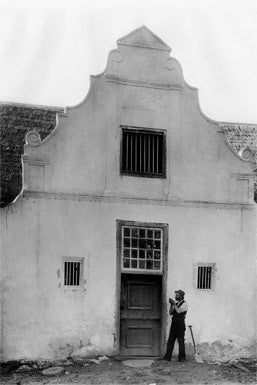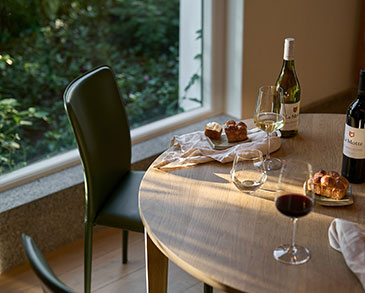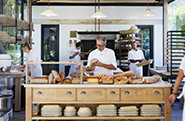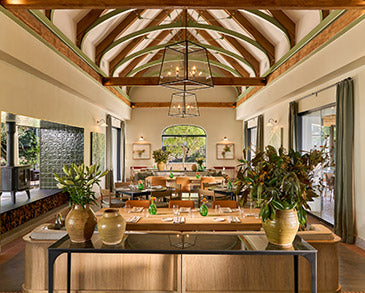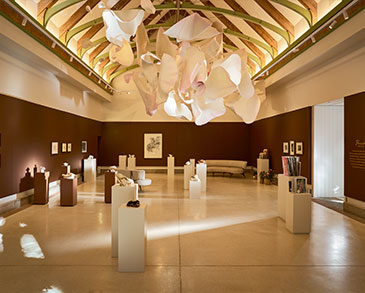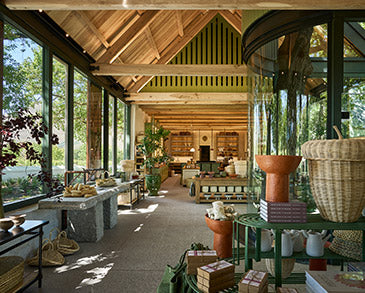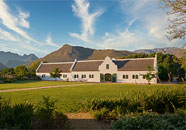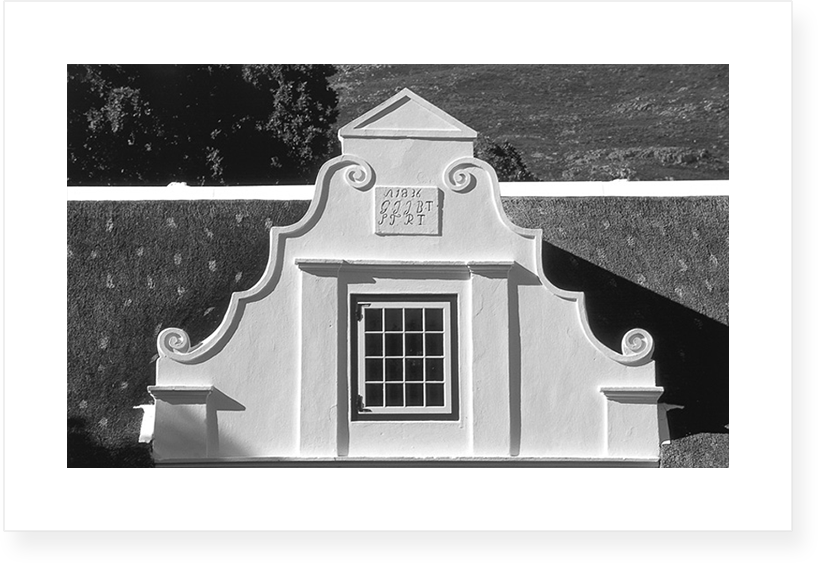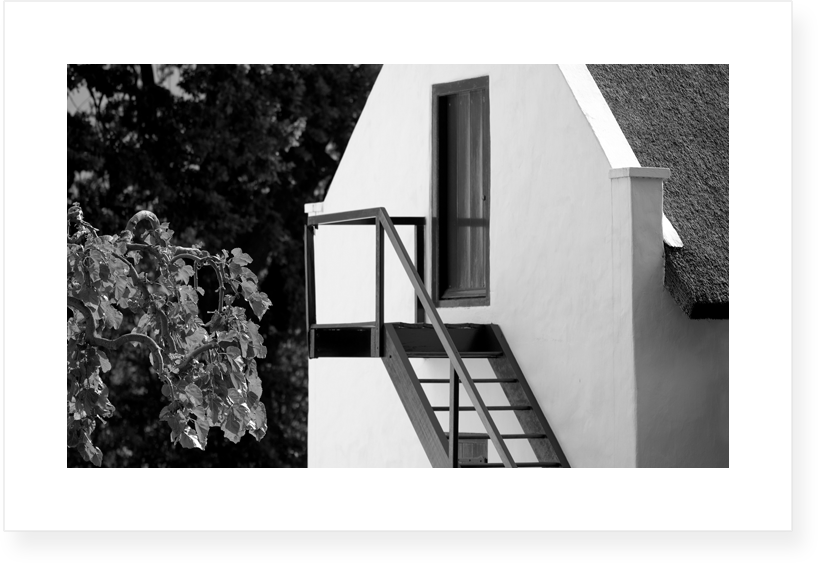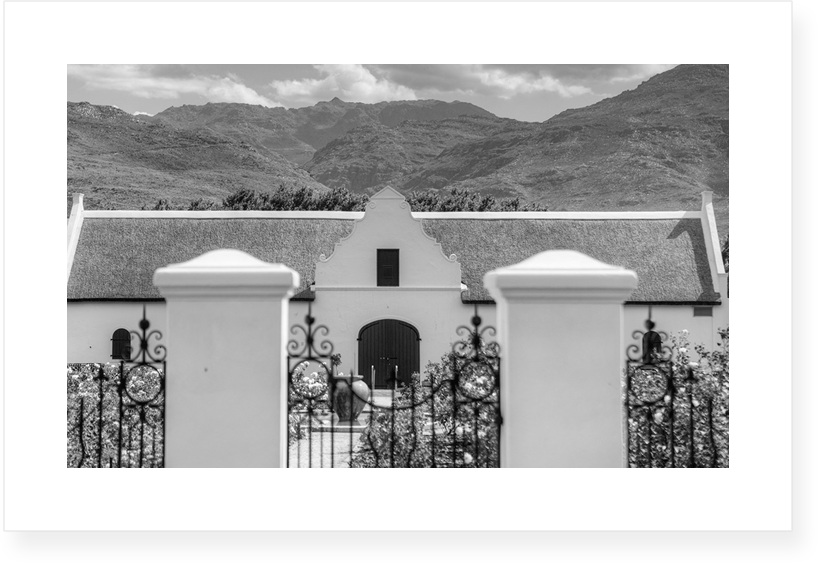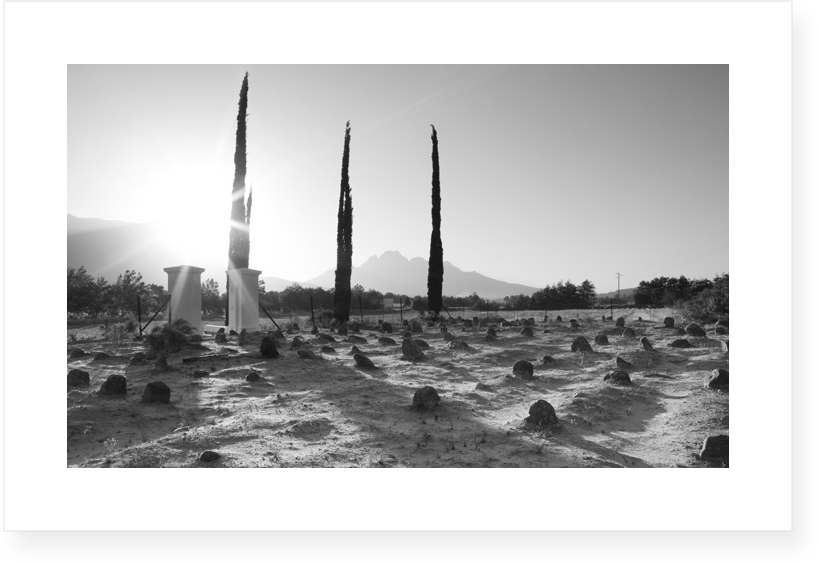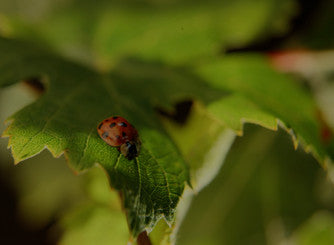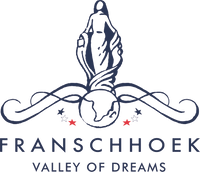The Tradition
Begins, 1695
In 1695, a piece of land in the Franschhoek Valley was granted to German immigrant, Hans Hendrik Hattingh. In 1709 the land was purchased by La Motte’s first French Huguenot owner Pierre Joubert. The name La Motte has its origin from a little village in Provence – La Motte d’Aigues. Viticulture on La Motte was established in 1752 with the planting of 4,000 vines by Huguenot descendant Gabriël du Toit.
Today, La Motte Wine Estate is operated under the guidance of owner
Hanneli Rupert-Koegelenberg and her husband Hein Koegelenberg,
Chief Executive Officer of the estate.
La Motte
Redefined, 1970
In 1970 the farm was bought by Dr. Anton Rupert and a major development, restoration and conservation programme followed, which reinvented La Motte into a leading global wine producer and sought-after tourist destination. Vineyards have been progressively replanted with noble varieties, the latest viticultural practices have been introduced and a modern cellar has been built.
Today, La Motte Wine Estate is operated under the guidance of owner
Hanneli Rupert-Koegelenberg and her husband Hein Koegelenberg,
Chief Executive Officer of the estate.
La Motte’s Historic Buildings
La Motte boasts four provincial monuments (previously known as national) – the Manor House (c1758), Jonkershuis (c1752), Historic Cellar (c1782) and the Water Mill (dating between 1770-1782). All the structures have been fully restored following the purchase of La Motte by Dr. Anton Rupert in 1970.
Across the road a small, humble building, known as the Veepos (cattle post), dates back to the first half of the 18th century. The La Motte cemetery, reserved for burials of Franschhoek residents since the late 18th century, is a recently restored historic site on the estate.
The Manor House
This building, originally a T-shaped farmhouse, was built around 1758, with an imposing Neo-Classic and Baroque front gable dating 1836. The pediment displays the initials of the then owner Gideon Jacobus Joubert and his wife Susanna Francina Retief. After extensive renovations, the homestead was declared a National Monument in December (1975).
The Jonkershuis
Believed to be the second oldest building on La Motte, the Jonkershuis was erected 1752. Used originally as horse stable, cowshed, chicken house and cellar, it eventually or simultaneously served as a dwelling. After extensive renovations, the homestead was declared a National Monument in December 1975.
The Historic Cellar
The original cellar was built between 1770-1782. About 40 years later, the centre gable, carrying the date 1825 as well as the initials of the then owner, Gideon Joubert (GJB) was added. After complete renovations, the cellar was declared a National Monument in December 1975.
The Water Mill
Dating back to the period between 1770-1782. It is the only working water mill of its kind in the Franschhoek Valley and can be seen in action during the Historic Walk on Wednesday mornings. After extensive renovations, it was declared a National Heritage site in 1975.
The Veepos
Meaning “The cattle post”, the Veepos probably dates to the first half of the 18th century. Its walls are built of stone up to ceiling height and blue-gum tree trunks serve as beams. The building was completely restored in 1992.
The La Motte Cemetery
This centuries-old resting place of the early residents of Franschhoek had been neglected to a point where it was almost beyond recognition when, thanks to clearing and restoration initiatives by the present La Motte management, this cemetery has regained its former dignity.
